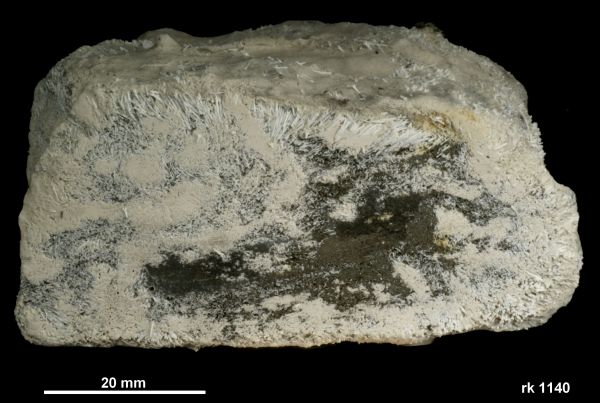
Figure 1 - Geodiopsis cretacea, (rk1140)
Fragment of a disc shaped sponge, cut and etched. Sediment filled canals and radiating spicules.
Misburg, basiplana Zone
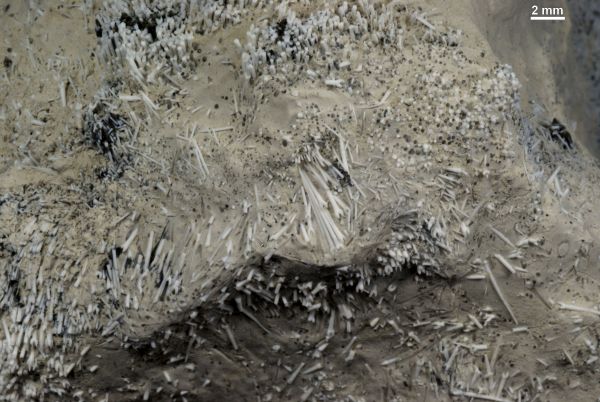
Figure 2 - Geodiopsis cretacea, (rk1140).
Etched specimen, showing arrangement of megascleres (triaenes and oxeas).
Misburg, basiplana Zone
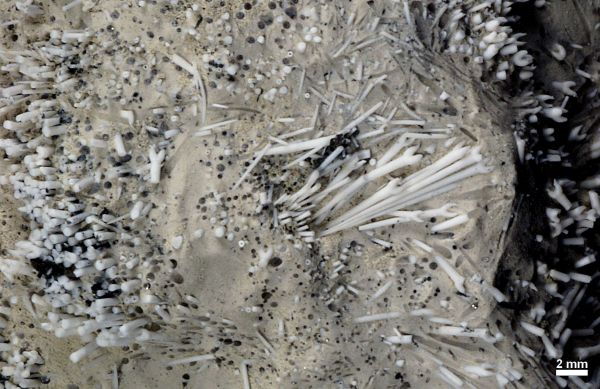
Figure 3 - Geodiopsis cretacea, (rk1140)
Detail of Figure 2. Bundles of triaenes, many cross sections of broken spicules.
Misburg, basiplana Zone
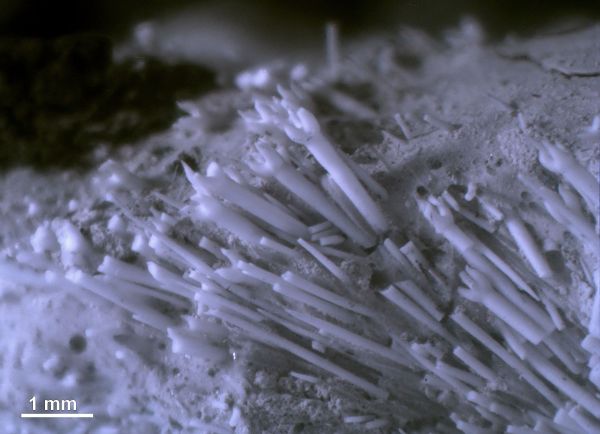
Figure 4 - Geodiopsis cretacea, (rk1140)
Detailed view of subparallel triaenes and oxeas.
Misburg, basiplana Zone
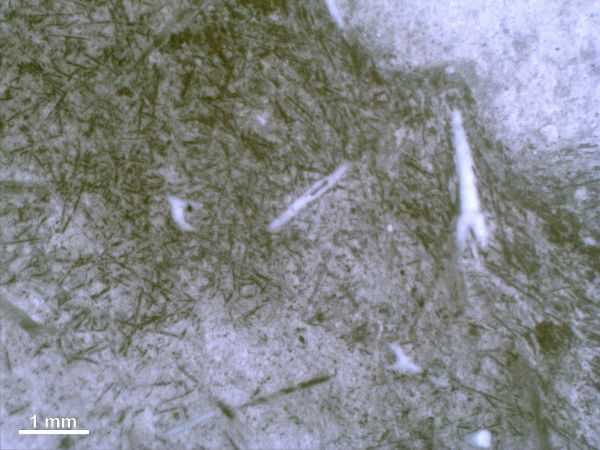
Figure 5 - Geodiopsis cretacea, (rk1140)
Surficial layer of felted oxeas and anatriaenes.
Misburg, basiplana Zone
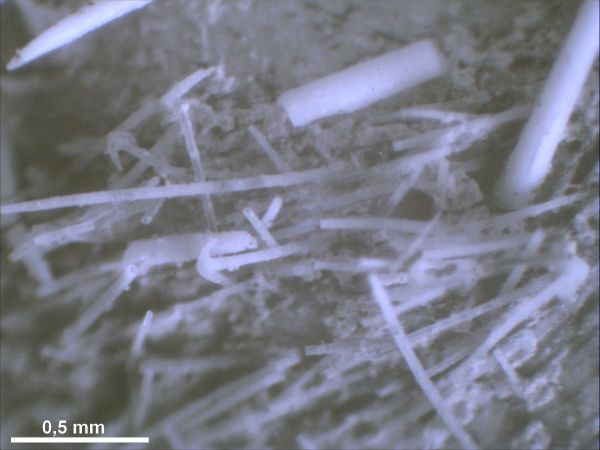
Figure 6 - Geodiopsis cretacea, (rk1140)
Etched specimen. Felted oxeas, two anatriaenes, some megasclere fragments.
Misburg, basiplana Zone

Figure 7 - Geodiopsis cretacea, (rk1140)
Isolated spicules. Large plagiotriaenes, dichotriaenes and oxeas. Box: surficial oxeas, anatriaene.
Misburg, basiplana Zone

Figure 8 - Geodiopsis cretacea
Spiculation, after Schrammen (1912, Texttafel I, number 9).
Synonyms:
Geodia cretacea Schrammen 1899
Occurence:
Misburg, Upper Campanian. Very rare.
Oberg, Lower Campanian. Very rare.
Geodiopsis cretacea was described by Schrammen (1899) as a new species from the Lower Campanian of Oberg.
In the literature, the shape of Geodiopsis cretacea is not known, but the specimen studied here suggests a thick disk-like to globular habit (Figure 1). The etched section shown in Figure 1 also reveals a system of (sediment filled) canals. The megascleres are stout triaenes and oxeas, to approximately 10 mm length, which seem more abundant and better aligned near the sponge margin. Their axial directions are nearly radial to distinctly slanted towards the circumference of the sponge. On one of the flat sides of the specimen, there are relicts of a surficial layer composed of distinctly smaller oxeas and rare interspersed anatriaenes.
In the quarry, specimens are very inconspicuos and are only discovered when broken, showing their characteristic fibrous structure.
Etched specimens (Figures 2, 3 and 4) reveal the fibrous structure imparted to the sponge by bundles of densely packed, subparallel oxeas and triaenes. Both types of megascleres may reach lengths close to 10 mm.
Figures 5 and 6 show spicules which are much smaller than the above mentioned megascleres and whose occurrence seems restricted to a sufacial (cortical) layer. In contrast to the oriented megascleres, the surficial spicule layers have a felted texture. They consist of thin oxeas and rare interspersed anatriaenes.
Figure 7 shows a selection of isolated spicules. The mega-triaenes are stout and show all transitions from pure protriaenes without bifid clads to fully developed dichotriaenes. The mega-oxeas are generally fusiform an may be straight or curved. The cortical oxeas and anatriaenes are much smaller and thinner than the stout mega-scleres (Figures 5, 6, and 7). Intermediate spicule sizes have not been observed.
In Figure 8 the spiculation of Geodiopsis cretacea as sketched by Schrammen (1912, Texttafel I, number 9) is reproduced. Schrammen (1912) did not mention any dichotriaenes.